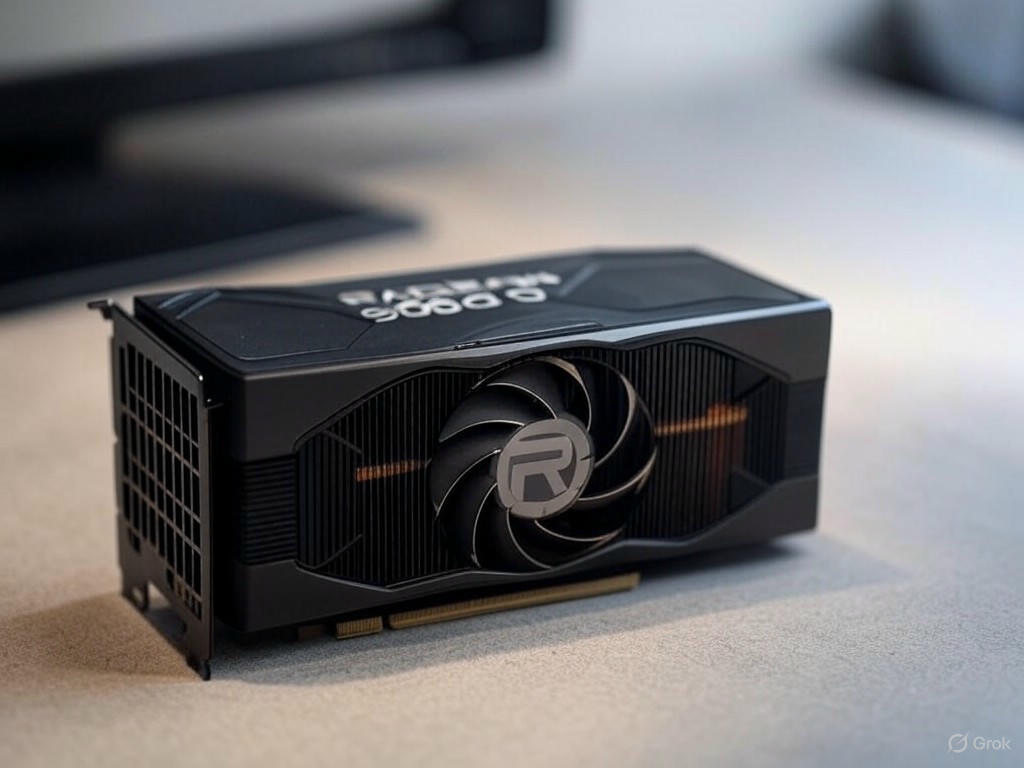AMD Radeon RX 9060 XT 8GB: A Disappointing Step for Gamers in 2025
The tech world buzzed with anticipation for AMD’s latest graphics card, the Radeon RX 9060 XT, promising to elevate gaming experiences in 2025. However, early reviews paint a troubling picture, especially for the 8GB variant of this much-hyped GPU. With a launch that echoes past industry blunders, AMD’s newest offering leaves many gamers questioning whether it’s worth the investment.
At its core, the Radeon RX 9060 XT aims to cater to both budget-conscious players and high-end enthusiasts. The card comes in two versions: an 8GB model and a more robust 16GB variant. While the 16GB version has garnered praise for delivering smooth performance in demanding titles, the 8GB model falls short. Modern games, with their ever-increasing texture and memory demands, often stutter on this lower-spec card, making it a risky choice for anyone looking to future-proof their rig. This disparity between the two versions feels like a misstep, as it creates a confusing purchasing decision for consumers who might not fully grasp the technical differences. It’s a situation reminiscent of Nvidia’s controversial dual-version launches in the past, where buyers were often left frustrated by unclear marketing and performance gaps.
What’s more concerning is AMD’s apparent lack of focus on optimizing the 8GB model for the current gaming landscape. Titles released in 2024 and beyond frequently recommend 12GB of VRAM or more for optimal settings, rendering the 8GB Radeon RX 9060 XT inadequate for ultra-high-definition textures and ray tracing. Gamers hoping to dive into next-gen experiences without breaking the bank may find themselves forced to compromise on visual quality or frame rates. This isn’t just a hardware limitation; it’s a signal that AMD may have underestimated the pace at which gaming technology is advancing. While the 16GB version mitigates these issues, its higher price point puts it out of reach for many, further alienating the budget demographic that AMD has historically championed.
Beyond performance, the launch strategy itself has drawn criticism. By releasing two drastically different versions of the same card without clear guidance, AMD risks alienating its loyal fanbase. The tech community has already voiced concerns over whether this approach prioritizes profit over user experience, a narrative that could haunt the company in the competitive GPU market. As Nvidia and Intel continue to push boundaries with their own offerings, AMD cannot afford to stumble with such inconsistent products.
Ultimately, the Radeon RX 9060 XT 8GB feels like a missed opportunity. While the 16GB model shows promise, the lower-end variant and the muddled launch strategy cast a shadow over AMD’s reputation. For gamers eyeing an upgrade in 2025, it might be wise to wait for clearer options or explore competing brands. AMD has the potential to reclaim its stride, but this particular release suggests there’s still work to be done in balancing innovation with accessibility.


